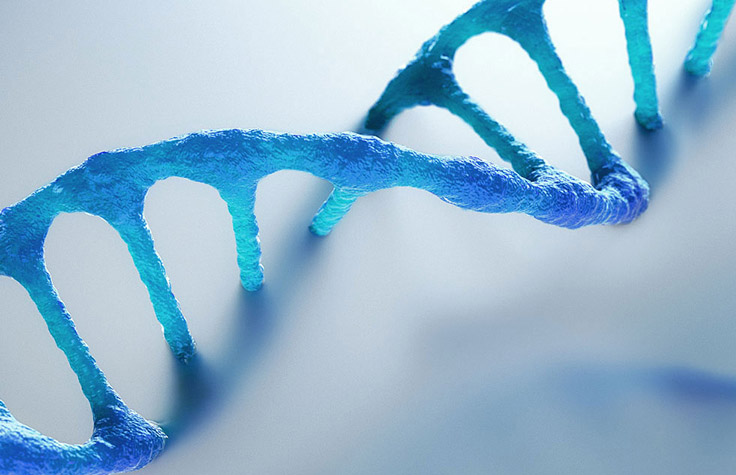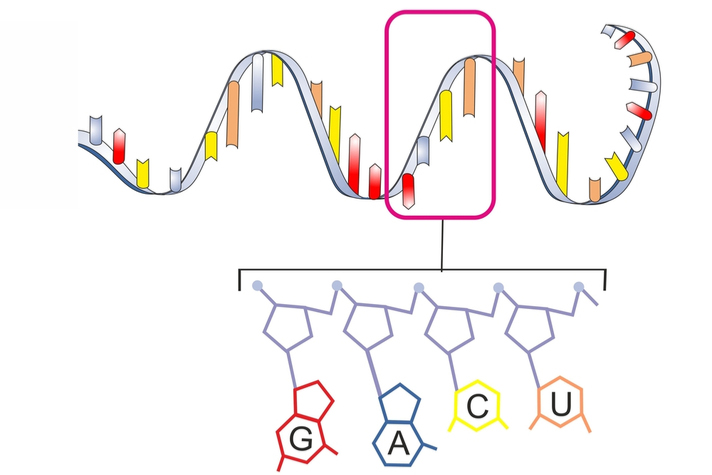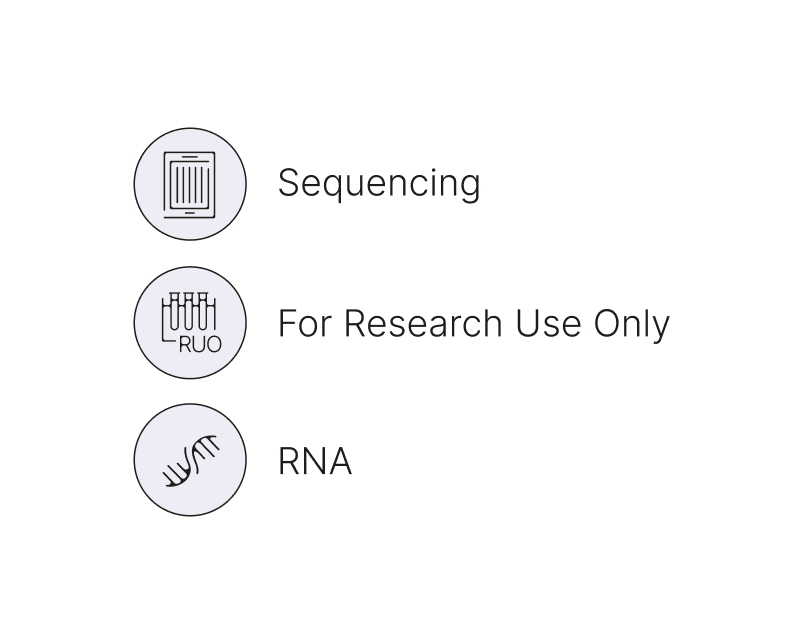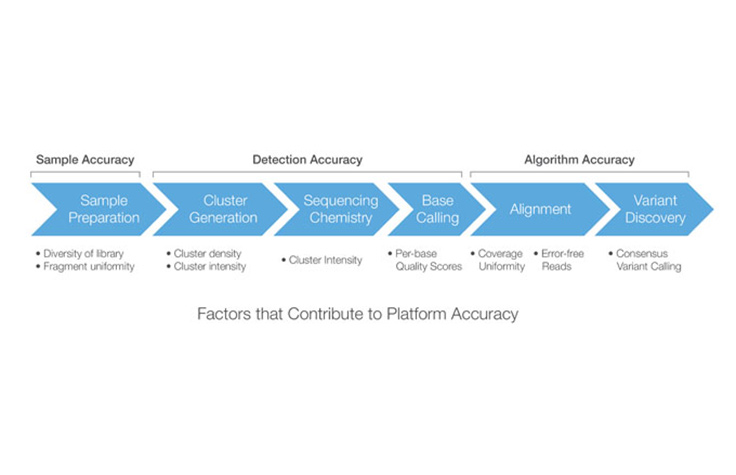시퀀싱 워크플로우 정확도
Illumina 시퀀싱 워크플로우 전반에 걸친 정확도
일반적인 시퀀싱 워크플로우는 샘플/라이브러리 준비, 클러스터 증폭, DNA 시퀀싱, 이미지 분석/베이스 콜링, 판독 정렬 및 변이 발견으로 구성됩니다. 이러한 단계 중 어느 것이라도 결과가 좋지 않으면 최종 데이터 세트의 품질이 저하됩니다.
Illumina 시퀀싱을 사용하면 이 프로세스의 각 단계가 최적화되어 광범위한 애플리케이션에 정확한 데이터를 제공하게 됩니다. 라이브러리 준비는 특히 중요한 단계입니다. TruSeq 또는 기타 고품질 Illumina 라이브러리 구축 기술을 사용하여 모든 연구 프로젝트에 대해 높은 샘플 품질과 정확성을 보장할 수 있습니다.
샘플/라이브러리 정확도
샘플 정확도는 시퀀싱 워크플로우의 라이브러리 준비 단계와 관련이 있습니다. 이 단계에서 DNA는 라이브러리 구성을 위해 절편화됩니다. 라이브러리의 각 절편은 결국 시퀀싱 판독에 상응하므로, 유전체 전반에 걸쳐 균등한 커버리지를 달성하려면 높은 절편 크기 균일성과 라이브러리 다양성이 중요합니다.
라이브러리 준비 중에 발생하는 오류, 예를 들어 다양하지 않은 라이브러리로 인한 절편 누락은 시퀀서로 식별할 수 없습니다. 라이브러리에 표시되지 않은 유전체 부분은 시퀀싱되지 않아 데이터 세트에 격차를 초래합니다.
또한 시퀀싱 신호가 깨끗하고 오류가 없는 것으로 나타나므로 품질 점수는 이 단계에서 도입된 오류를 반영하지 않습니다. 대부분의 시퀀싱 플랫폼의 최대 달성 가능 정확도는 샘플 정확도에 의해 제한됩니다.
따라서 TruSeq 및 기타 Illumina 기술과 같은 고품질 라이브러리 구축 솔루션을 활용하는 것이 중요합니다.
정확한 라이브러리 준비 기술
TruSeq 기술이라고도 불리는 Illumina의 어댑터 결찰 라이브러리 준비 기술은 높은 커버리지 균일성, 정확한 가닥 정보 및 안정성으로 오랫동안 알려져 왔습니다. 이제 그 기술이 훨씬 더 발전되었습니다. 최근 혁신으로 정제, 샘플 이송 및 피펫팅 단계의 수가 줄어들어 워크플로우 효율성이 개선되었습니다.
어댑터 결찰에 대해 더 알아보기
Illumina 시퀀싱 워크플로우
Illumina 시퀀싱 워크플로우의 단계(라이브러리 준비, 시퀀싱, 데이터 분석)에 대해 자세히 알아보세요. NGS 실험을 계획하는 방법을 알아보고 예시 워크플로우를 확인하세요.
더 알아보기
TruSeq 제품
TruSeq 키트는 라이브러리 준비에 있어 간편성, 편의성 및 신뢰할 수 있는 결과를 제공합니다. 마스터 혼합 시약과 간단하고 자동화를 지원하는 워크플로우는 수작업 시간을 최소화하고 인적 오류를 줄입니다. 인기 있는 TruSeq 라이브러리 준비 제품은 다음과 같습니다.
라이브러리 준비 키트 목록 페이지를 방문하여 추가 TruSeq 제품을 찾거나 다른 Illumina 라이브러리 준비 옵션을 살펴보세요.
TruSeq 라이브러리 준비 모범 사례
TruSeq 라이브러리 준비 및 강화 프로토콜을 수행하기 위한 권장 모범 사례를 찾아보세요.

두 가지 RNA 라이브러리 준비 키트의 이야기
널리 사용되는 두 가지 TruSeq RNA 라이브러리 준비 키트를 비교한 연구가 RNA 시퀀싱 연구를 수행하는 연구진에게 흥미로운 새로운 정보를 보여줍니다.
인터뷰 읽어 보기클러스터 밀도(Cluster density) 팁
최적의 클러스터 밀도 모범 사례
과대 클러스터링과 과소 클러스터링이 시퀀싱 데이터에 미치는 영향에 대한 Illumina 과학자들의 논의를 시청해 보세요. 일반적인 클러스터링 문제와 이를 방지하는 방법에 대해 알아보세요.
비디오 보기일관된 클러스터 밀도를 달성하는 방법
이 기술 소식지는 과소 클러스터링과 과다 클러스터링을 방지하고, 더 일관된 클러스터 밀도를 달성하기 위한 자원과 모범 사례를 요약합니다.
지식 자료 읽어 보기
검출 정확도
검출 정확도는 클러스터 생성, DNA 시퀀싱 및 1차 데이터 분석을 포함하는 시퀀싱 워크플로우의 두 번째 단계를 설명합니다. 이 단계에서 발생하는 모든 오류는 일반적으로 품질 점수에 반영됩니다.
검출 오류는 샘플 오류와 달리 확립된 염기별 품질 점수를 사용하여 추적할 수 있습니다.
검출 오류는 재시퀀싱, 단일 판독 오류 수정 또는 인코딩 방식을 통해 개선될 수 있습니다.
품질 점수에 대해 더 알아보기알고리즘 정확도
알고리즘 정확도는 워크플로우의 2차 데이터 분석 단계와 관련이 있으며, 일반적으로 정렬 및 변이 검출(variant calling)을 포함합니다. 정렬 방법의 정확성은 매우 중요합니다.
시퀀싱 기기에서 데이터의 품질이 얼마나 높은지에 관계없이, 정렬이 최적화되지 않으면 최종 데이터 세트의 품질이 낮아지고, 잘못된 위치에 불일치가 생기고, 커버리지가 균일하지 않으며, 격차가 다수 생길 가능성이 있습니다. 결과적으로 이로 인해 높은 위양성 및 위음성 비율이 발생할 수 있습니다. 변이 검출 방법 자체도 동일한 이유로 매우 정확해야 합니다.
Illumina는 연구자들이 정확한 정렬과 변이 검출을 수행할 수 있도록 사용이 용이한 생물정보학 도구를 제공합니다.
생물정보학 도구 살펴보기뉴스레터, 케이스 연구 및 새로운 애플리케이션에 대한 정보를 받고 싶으신가요? 아래에 이메일 주소를 입력해 주세요.
주요 제품
TruSeq Stranded Total RNA
사람, 쥐, formalin-fixed paraffin-embedded (FFPE) 조직을 포함한 다양한 종(species)과 샘플 유형을 위한 강력하고 확장성이 뛰어난 전장 전사체(transcriptome) 분석(RNA-Seq) 솔루션.

TruSeq Small RNA Library Preparation Kits
이 키트는 모든 종에 대해 총 RNA로부터 직접 miRNA 및 소형 RNA 시퀀싱 라이브러리를 생성하기 위한 간단하고 비용 효율적인 솔루션을 제공합니다.


